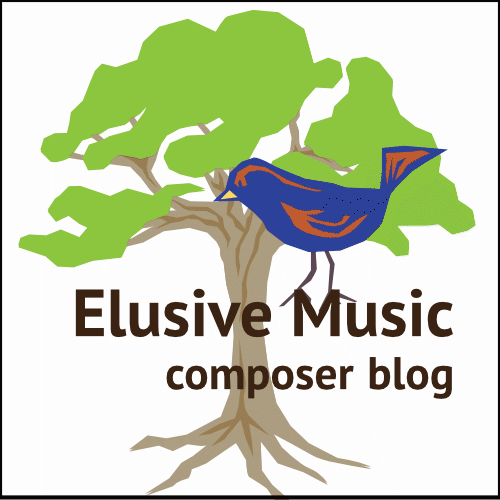If you have a multi-timbre or multi-articulation instrument, but no documentation, how do you figure out how to switch between different sounds?
What is a keyswitch?
One common technique is a “keyswitch”. Playing a MIDI note of a specific pitch turns on a particular timbre. The MIDI note is out of range for that instrument so the MIDI note is silent.
Unfortunately, MIDI keyswitches make it harder to switch between different libraries, because even if a substitute patch also uses keyswitches there is no standard for asociating timbres with MIDI pitches. One library may use C0 for sustain and D0 for staccato, and another might assign tremolo to D0.
To discover what keyswitches are set up in a Kontakt 3 instrument:
- Load the instrument.
- Switch to Instrument Edit Mode by clicking the wrench button.
- In the panel just below the instrument header panel, click the Group Editor button. The list of groups is displayed with checkboxes.
- Open the Group Start Options panel, by clicking the Group Start Options tab.
- Click a group to highlight it.
- In the Group Start Options panel, you see the the settings for that group.
If the group is enabled by a keyswitch, you’ll see a line “Group Starts on key”, followed by the MIDI note or note range that you need to use to play the samples in that group.
In your sequence, program that MIDI note just before the notes that you want to use that sound.
Group Start Options
start on key – specify a range of MIDI notes that enable this group. If the instrument receives a trigger assigned to another group, this group is disabled.
start on controller – specify a controller and a range of values from that controller that enable this group. A controller value outside the range disables the group.
cycle round robin – (used in combination with “start on key”) specify an order for this group in a set of groups that are enabled by a specific MIDI note.
cycle random – all groups that are enabled by the same MIDI note(s) for “start on key” and have the “cycle random” start option will be selected at random
slice trigger – for backward compatibility; don’t use
always – The group will always play; or if there are other conditions on the list, it marks the end of the list but has no other effect.
Selecting always from the dropdown deletes any other conditions below it. For the last Group Start option line, selecting anything other than “always” from the dropdown adds a final always line, so there’s always a “blank” line for adding more options.
Use logical operators and, or, and not on the right end of each Group Start line to combine several start conditions. For example, use or to specify two separate ranges of controller values that enable the group.

Leave a Reply to PamM Cancel reply